EA came to the scene with PGA Tour Golf in 1990 before attaching itself to golf icon Tiger Woods in 1998. That relationship would last until 2013. The series would go on hiatus after the spit between EA and Tiger, only for EA to enter the arena in 2015 with Rory Mcllroy PGA Tour, a visually stunning title that lacked depth and authenticity. EA pulled out of the golf gaming arena for eight years but made huge news last year by stating it was ready to continue its PGA series with the release of EA Sports PGA Tour.
EA Sports PGA Tour Review

Forgoing a true cover athlete this time, EA chose to utilize the fact that its golf title holds the licensing to all four majors, including the highly coveted Augusta National and The Masters, a tournament that concluded yesterday with Jon Rahm securing the win. EA’s re-entry doesn’t come without competition this time as they are going up against a familiar foe in 2K Sports, whose PGA 2K series already has a footprint in terms of PGA licensing, a course creator, and new cover athlete Tiger Woods.
All that being said, EA is back and many folks are hoping EA Sports PGA Tour will evolve and deliver an experience closer to what Tiger Woods PGA Tour 14 brought the golfing world and less of the shallow experience that was Rory Mcllroy PGA Tour. Did it do that? Well, let’s get into it.
What I Like
It’s A Beauty
From the minute I emerged in the virtual world of the PGA created by EA, I felt a strong sense of place. There is a level of detail and depth never before seen in a golf video game, and for me, that is no exaggeration or hyperbole. Every single one of the 30 officially licensed courses carries a significant level of authentic detail and visual fidelity that drew me into that world, the venue, and that experience.
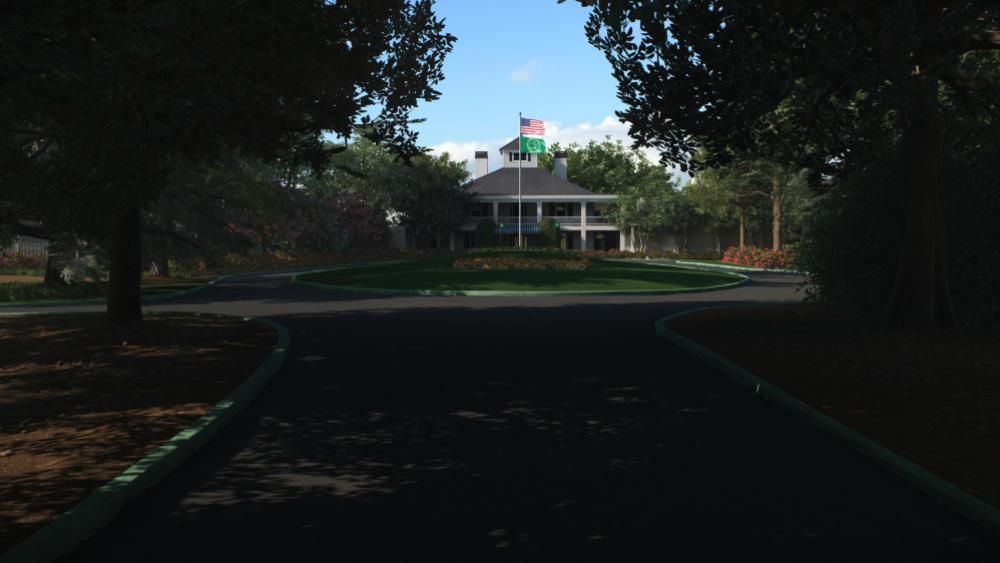
Whether it was teeing off from Whistling Straights, Harbour Town, TPC Sawgrass, or Augusta National, the moment I placed my tee in the ground, it felt like I was on the course. Details like the crashing waves on the descent down to hole #7 of Pebble Beach, the island hole of #17 Sawgrass, the majesty of Augusta’s 12th-hole par-3 with Rae’s Creek, or the Greatest Show on Grass on hole 16 at TPC Scottsdale.

The level of detail goes beyond the holes themselves, as the crowd that follows is animated and dynamic, the clubhouses are massive in stature, and the environments of each venue take on a life of their own. Each of what I listed above by itself is impressive enough. Still, when a golf title combines hyper-detailed courses, living environments, and iconic settings specific to certain venues, it delivers a visual experience worthy of next-generation hardware.
So Many Amazing Courses
I was impressed when EA first announced how many courses would be in EA Sports PGA Tour. I was fully prepared for the announcement to land somewhere in the mid-teens, so getting 28 real courses and two fantasy courses is impressive.
As if 30 total courses were not enough, the included courses felt like venues I told them to pick. The courses include Augusta National, TPC Sawgrass, Banff Springs, Pebble Beach, The Old Course of Saint Andrews, Torrey Pines, Quail Hollow, and Wolf Creek.

The ones listed above are just a handful of my favorites, and except for just a few, almost every course included in the game is famous and iconic on some level.
Once you factor in how faithfully each course is rendered and recreated, they almost take on a life of themselves and become the main character, providing enough variety and uniqueness to stave off any staleness over a long period while the game remains in your rotation.

Yes, it is odd not having a course creator to fall back on to fill in the void of any missing courses to enhance the depth and longevity of the game. Still, EA Sports did wonderfully to deliver some of the best golf venues with detail that envelopes you in a way not felt before in a golf title.
Career Mode
Career modes can either feel tacked on, or they can feel fleshed out enough to almost become a secondary game all their own. In the case of EA Sports PGA Tour, it does seem like it received the attention it deserves but still needs a year to two of development to realize its full potential.
You start as a young no-name golfer in qualifying school trying to make a name for yourself. Once you work through Q-School, you will find yourself on the Korn-Ferry Tour, an amateur tour that allows you to gain experience and build your golfer’s attributes up along the way.

The ultimate goal, of course, is to earn your PGA card and start your professional career on Tour. You can do this in a few ways: winning on the Korn Ferry tour or placing high enough in the season rankings at season’s end. Regardless of your path to the Tour, the journey to get there is fun and can be approached in a few ways that can add depth and longevity to the mode or be expedited with a focus on getting to the PGA Tour as quick as possible.
Along the way, the game gives you opportunities to upgrade your golfer and their attributes, earn XP, and fine-tune your game for the difficulties ahead, both in terms of courses played and opponents faced.

I chose the whole experience and played every hole of every course, and I was glad I did. I was on simulation, the hardest difficulty with almost everything off, and the chance to understand the game’s mechanics was something I needed before I dared even teeing off on Tour. Career mode does have a bit of repetitiveness to it. Still, it was quickly overcome and replaced with the ability to see my golfer grow, my game refined, and the chance to play on the wonderfully rendered and faithfully recreated courses provided in the game.
Challenges And Quests
Side modes like challenges and quests are often looked over for career mode and online options, but I warn against that in the case of EA Sports PGA Tour. The side quests and challenges reward you with XP for your golfer and are quick moments that can be played multiple times. Because they are so short, they allowed me to practice situational golf over and over and gain valuable familiarity with my clubs and how they respond to each surface and scenario.

This is incredibly helpful in gaining this type of experience in a non-competitive atmosphere and will help you in all other modes. So when you are burnt out from playing online and need a break from career mode, look at some of the quests and challenges found inside EA Sports PGA Tour, and you will find multiple ways to enjoy them and be rewarded for doing so.
What I Don’t Like
Gameplay Inconsistencies
Every single game has moments of inconsistencies that hold it back in some form or another. I’m fine with that. Where I struggle with EA Sports PGA Tour is the inconsistencies and how often they happen in many areas of the title.

Two areas, for example, are the swing mechanics and the ball physics, and sadly they happen to be two areas that majorly impact the overall experience. To test the inconsistencies of the swing mechanic, I would go into challenge mode. This mode allowed me to repeatedly perform the same motions within the same type of shot and the same environment.
Sadly, the results I found after hundreds of shots did not add up. Shots that felt the same as before often provided different results that made little sense to me.
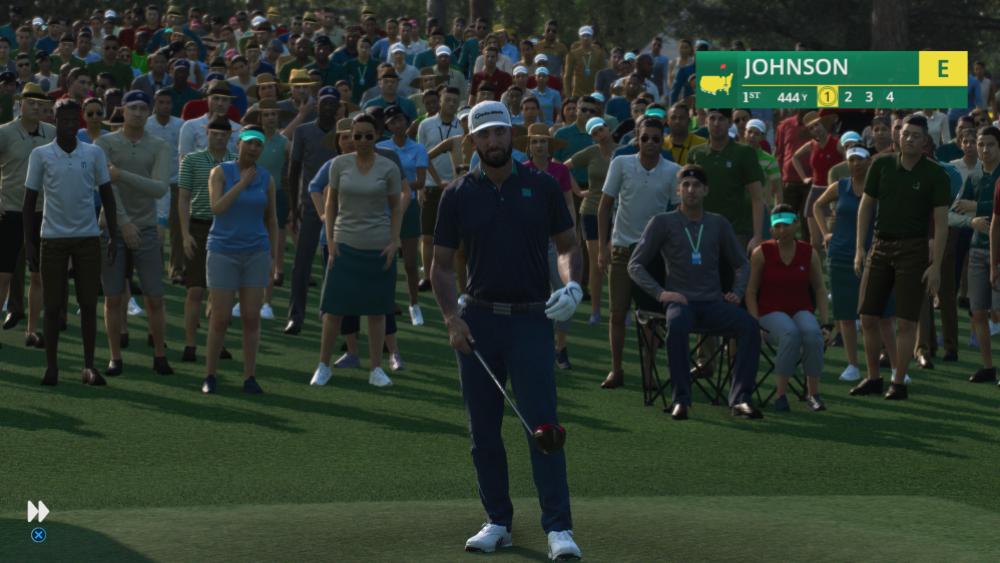
I have no issue with the game being challenging and forcing me to be incredibly consistent and precise with the mechanics and how I interact with the game on-screen. I ask that the game be consistent with its delivery of results so that I can continuously grow and refine my skills to match the level of what the game requires.
In my estimation, the yielded results often provided different feedback after hundreds of shots. So let’s take the inconsistent swing mechanics and results out of the equation and now mention the ball physics, mainly the ball rollout. If you’re familiar with golf, you understand how the ball rollout can impact your decision on your drives or your approach when you’re 100 yards away from the green.

Well, the ball physics are amazingly inconsistent, both in terms of coming off the face of the club and the ball’s interaction with the environmental surroundings. This impacted my decisions in terms of how to approach specific golf courses and certain golf holes, and often resulted in me just hoping for the best, which is different from an approach that any golfer ever wants to utilize.
The inconsistent swing mechanics and ball physics are not what I would consider to be game killers, but they certainly mess with me and hurt the idea of this being considered a “competitive” game online — and please do not get me started on the green grid and the inconsistencies with that.
A General Sense Of Lag
If you have played EA Sports PGA Tour, you know very well what I am describing. Seemingly every aspect of the game feels slow and laggy. That slow response can be felt with the swing mechanics, cutscenes, and even the menus. The worst part of dealing with all of this is that as you grow acclimated to the UI and the gameplay mechanics, you want to expedite the experience, and the game doesn’t allow this to happen.
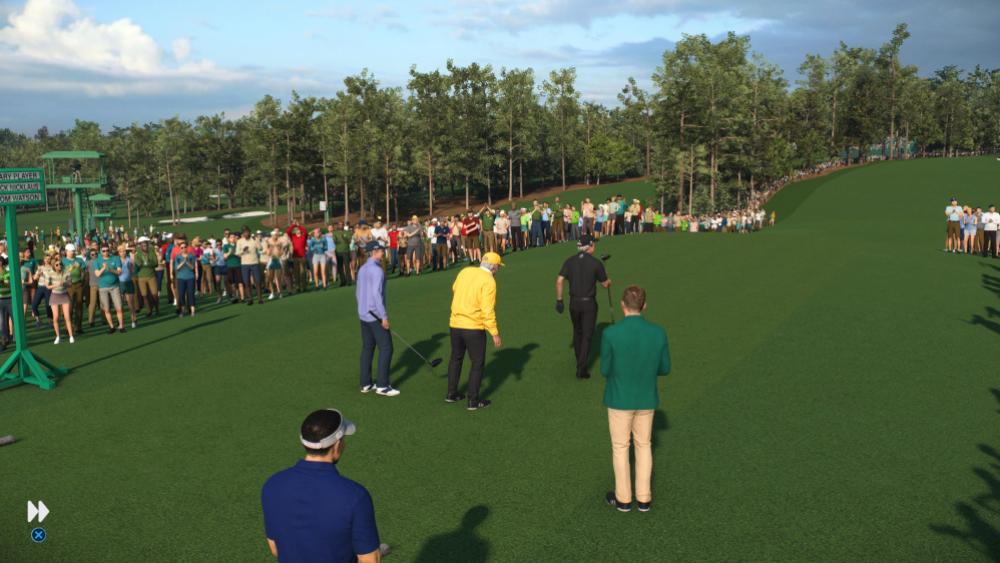
Even simple things like forcing me to address the ball before every swing become mundane and tedious after multiple rounds. I love authenticity, but as a developer one has to be discerning about where to implement mechanics that mimic what we see on TV and in real life.
The swing mechanics were the hardest for me to adjust to, and although I did, they still felt like they needed to be smoother and faster.
I know that golf and its swing mechanics are heavily nuanced, and no one swing on the course is ever truly the same — even as much as we golfers would like it to be. That said, the game of golf has evolved, and it is a sport predicated on power, finesse, and precision. The clunky mechanics often drop the level of immersion, especially for those who regularly play the sport.
Bottom Line
Is EA Sports PGA Tour everything I had hoped for after almost a decade of being on hiatus? The answer to that is both yes and no. EA Sports PGA Tour offers up some of the best visuals seen on current-gen hardware, and including the four majors and 28 of the best courses in the world is something that almost can’t be quantified.
Despite the stunning visuals and vast array of beautiful and unique venues, the game has drawbacks, and a few of those drawbacks will be enough for some to walk away and be done with video game golf or migrate back to PGA Tour 2K23.

The problem I have with EA Sports PGA Tour is that I cannot point to just one single area and claim it’s what is holding the game back. In reality, the collective whole of many little things holds the game back from being a genuinely fantastic experience. That said, even with its flaws, EA Sports PGA Tour is a solid re-entry and has a foundation that is strong enough to build on should EA choose to keep the series going.
All that being said, the moment I stepped up to Tea Olive at Augusta National, placed a tee into the ground, and stood back to consume the world that EA had created, it justified the price of admission for me.


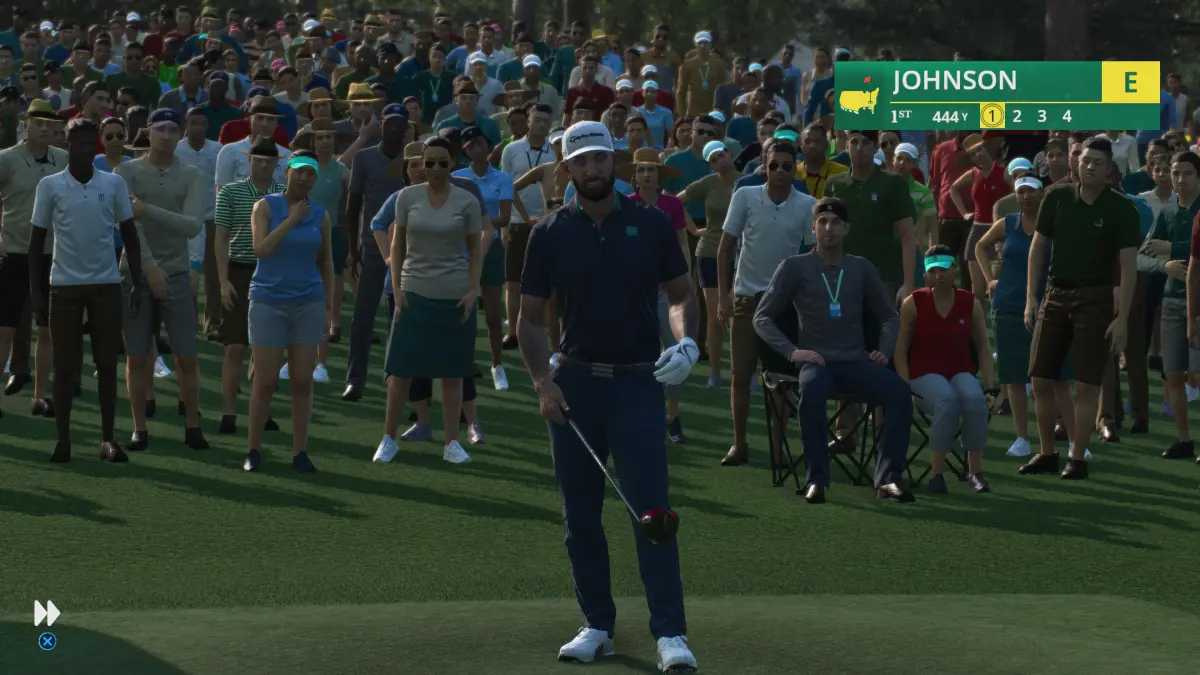
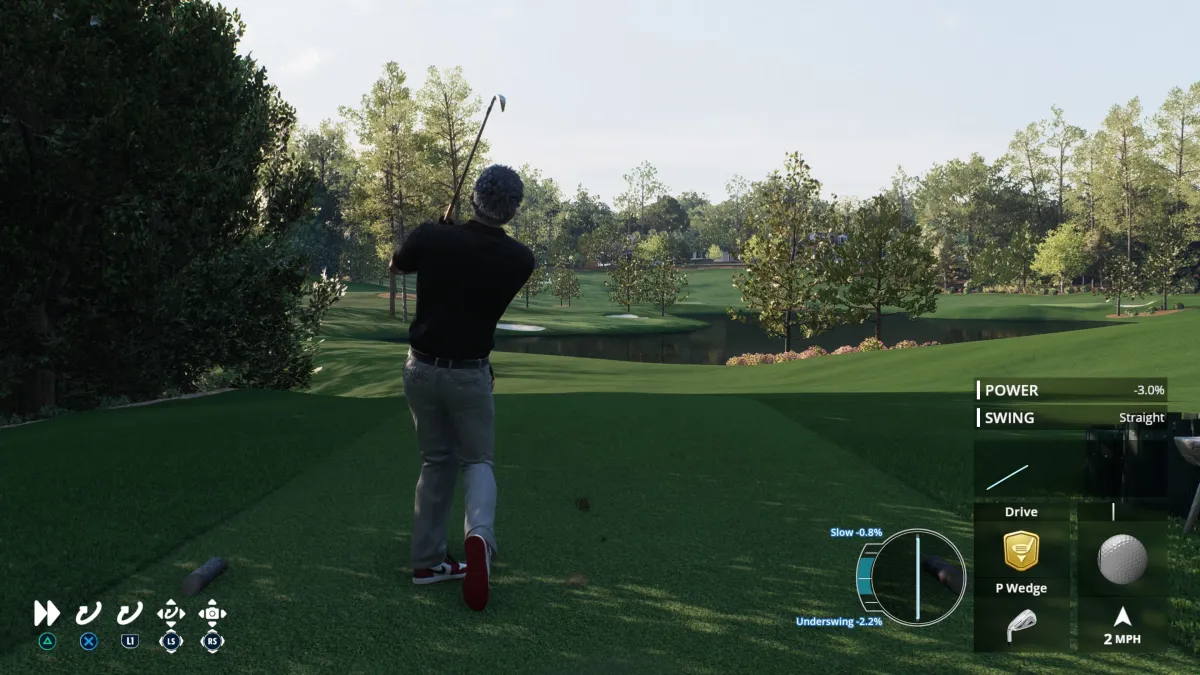



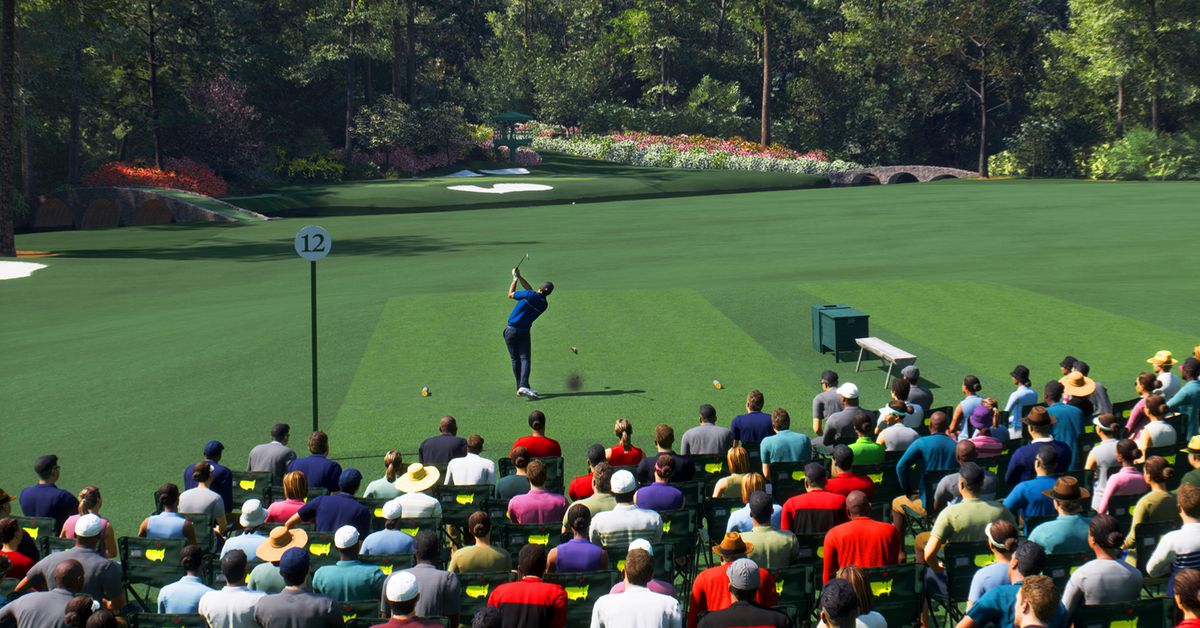
Published: Apr 10, 2023 10:00 am